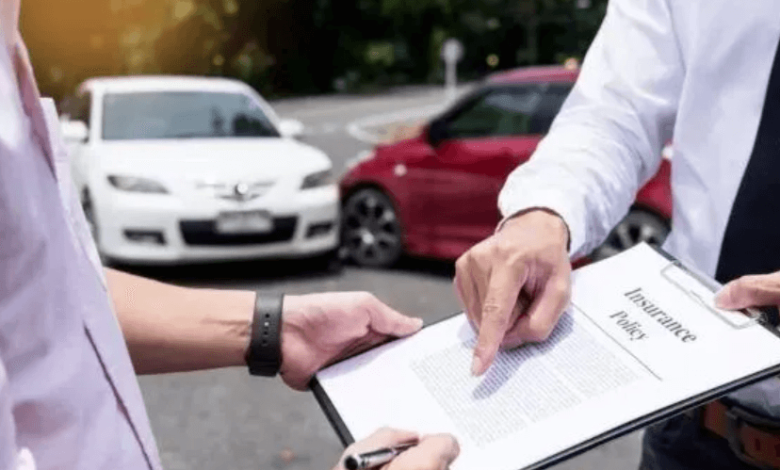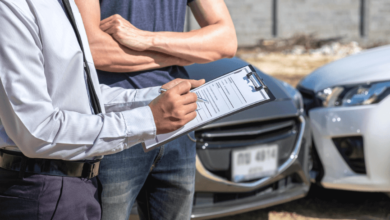Rideshare Accidents in Houston: Navigating the Complex Liability Landscape

Dealing with the aftermath of rideshare accidents in Houston can be challenging. You face uncertainty and worry about who will cover your medical bills and vehicle repairs. Liability in these situations often involves multiple parties. As a passenger or driver, understanding your rights is crucial. This is where seeking help from a Houston personal injury lawyer for rideshare accidents becomes important. These professionals guide you through the legal maze. They work to ensure you receive the compensation you deserve. Knowing you have someone on your side provides peace of mind. They will handle the legal details while you focus on recovery. Riding in a rideshare should be a safe and convenient way to travel. However, when accidents occur, navigating responsibility may seem complex. With the right help, you can find clarity and move forward. This blog will explore how to protect your rights after a rideshare accident.
Understanding the Basics of Rideshare Liability
In a rideshare accident, determining liability can become complicated. The two main rideshare companies, Uber and Lyft, provide insurance policies that cover drivers and passengers under specific conditions. First, it’s important to know when these policies apply. Typically, if a driver is logged into the app and waiting for a ride, a lower level of coverage is in place. Once a driver accepts a ride, full coverage begins.
The Complexities of Multiple Liabilities
Several parties may be responsible in a rideshare accident. This can include the rideshare driver, other involved motorists, or even the rideshare company itself. Each party’s insurance company will strive to minimize their financial responsibility. Understanding who is accountable requires a thorough investigation. This process may involve gathering evidence, speaking to witnesses, and reviewing accident reports.
See also: How Law Enforcement Uses Surveillance Footage In Investigations
Insurance Coverage: What to Expect
Understanding the insurance policies involved is crucial. Here is a brief overview of typical coverage during different phases of a rideshare journey:
| Phase | Coverage |
| App Off | Personal insurance only |
| App On, No Ride | Limited liability coverage |
| Ride Accepted | Full liability coverage (up to $1 million) |
| Passenger Onboard | Full liability coverage (up to $1 million) |
Steps to Take Following a Rideshare Accident
After an accident, your first priority is safety. Check for injuries and call for medical help if needed. Notify the police and ensure a report is filed. This document serves as a critical piece of evidence. Gather details from all parties involved, including names, contact information, and insurance details.
It’s important to document the scene by taking photos. Capture the vehicle positions, damage, and any relevant road conditions. This information helps build a strong case.
Seeking Legal Guidance
Handling legal challenges on your own can be overwhelming. A knowledgeable lawyer will help you understand your rights and pursue the best outcome. They will handle negotiations with insurance companies and advise you on the best course of action.
Resources and Assistance
There are many resources available to those affected by rideshare accidents. The National Highway Traffic Safety Administration provides valuable information on traffic safety. Additionally, the Houston Police Department can provide copies of police reports and assistance related to traffic accidents.
Conclusion: Protecting Your Rights
Rideshare accidents introduce a host of challenges. Understanding liability and insurance can be difficult. Having legal support ensures you’re not alone in this process. By taking the right steps immediately after an accident, you protect your well-being and rights. Armed with information and expert guidance, you can navigate this complex landscape confidently.






